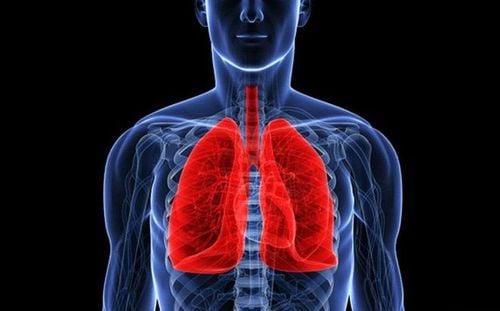This is an automatically translated article.
Fear of heights is a very common syndrome with people who move to the highlands for work or tourism. The risk of acrophobia is related to age, place of residence, physical fitness, medical condition or psychological phobia about heights.1. What is a fear of heights?
Acrophobia is an extreme fear or phobia of heights, especially for people of normal height. Acrophobia is considered a type of phobia of space and an unpleasant sensation of movement.Almost all people have a natural feeling of fear when exposed to some degree of height, known as the fear of falling. However, people with acrophobia may feel very frightened when standing at high places, becoming too agitated to calm themselves and regain a sense of security. About 2 - 5% of the population has a fear of heights, the rate is twice as high in women than in men. Patients with a fear of heights are often unable to climb stairs, climb stairs without handrails, and even fear flying.
2. Causes of fear of heights
Fear of heights can be caused by a number of reasons, for example, the patient has been in an accident or fell from a height. These people are always haunted by the feeling of being at high altitude and become very afraid of heights. Another reason is because the ability to balance the body through the eye-vestibular mechanism has problems, leading to the inability to maintain balance when climbing, making the patient prone to dizziness and loss of balance. and it feels very easy to fall. However, in the vast majority of cases of acrophobia, there is no clear cause.
Đại đa số các trường hợp mắc chứng sợ độ cao không tìm được nguyên nhân rõ ràng
3. Symptoms and signs of acrophobia
Symptoms of fear of heights include some of the following: headache, shortness of breath, nausea, vomiting, trouble sleeping, dizziness, dizziness, fatigue. These symptoms usually last for about 6 - 48 hours after the patient ascends.In some rarer cases, agoraphobia can cause fluid accumulation in the brain and lungs, leading to cerebral edema and pulmonary edema with many serious symptoms such as:
Hearing strange sounds, similar to the sound of paper being crumpled when breathing in severe difficulty breathing Coughing or spitting up pink, frothy fluid Clums, difficulty walking Confusion and impaired consciousness When these symptoms are noticed, the person The patient should be brought back to a low altitude and given emergency treatment immediately.
4. Subjects often suffer from fear of heights
Both men and women can have a fear of heights, but the incidence is higher in women, especially if you are at an altitude of 2,400 meters or more above sea level. Acrophobia is more common in patients with lung problems and in people who often live in lowland areas, so the body is slow to adapt to the air and pressure in high places.5. Factors that increase the risk of fear of heights
Factors that increase the risk of acrophobia include:Age: Young people are more susceptible to the effects of heights than older adults Where they live: People who live in low-lying areas such as plains, near the sea or have never been to high mountains. Innate physical strength is not good, difficult to adapt to changing environmental conditions Experiencing or currently suffering from lung diseases

Những người đã từng hoặc đang mắc bệnh về phổi có nguy cơ sợ độ cao hơn bình thường
6. Limit the progression of agoraphobia
Things people with a fear of heights can do to limit the effects of altitude include:When moving to high places, do not increase the height too quickly, but should spend 2-4 days moving slowly Step by step so that the body can make appropriate adaptations Before going to high places, patients should consult their doctor for instructions on what medicine to prepare to prevent altitude sickness Get enough rest Sufficient and moderately active Drink plenty of fluids and increase carbohydrate intake to minimize the effects of acrophobia If neurological or respiratory symptoms are observed, seek medical attention promptly. lower and timely emergency.
Please dial HOTLINE for more information or register for an appointment HERE. Download MyVinmec app to make appointments faster and to manage your bookings easily.













